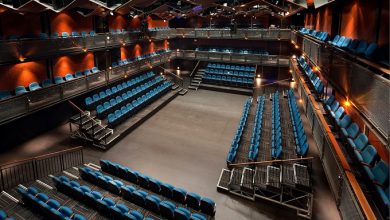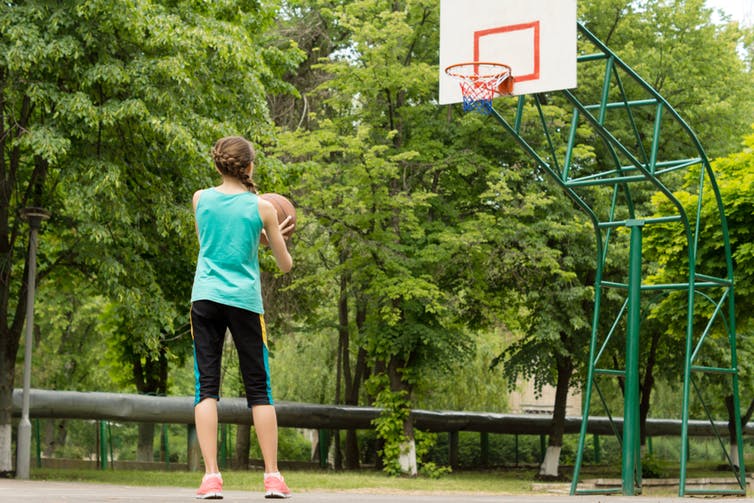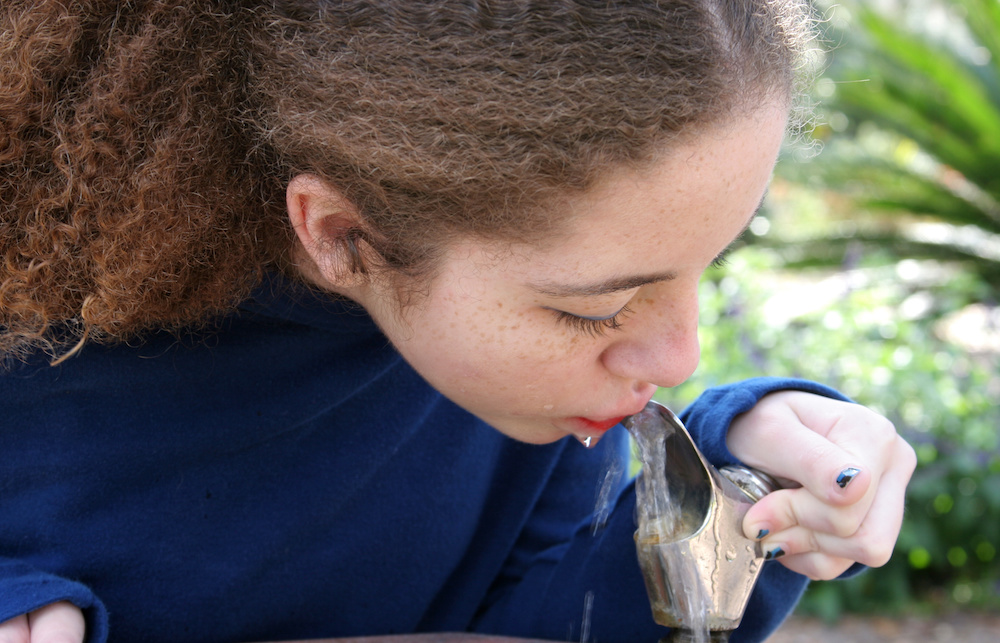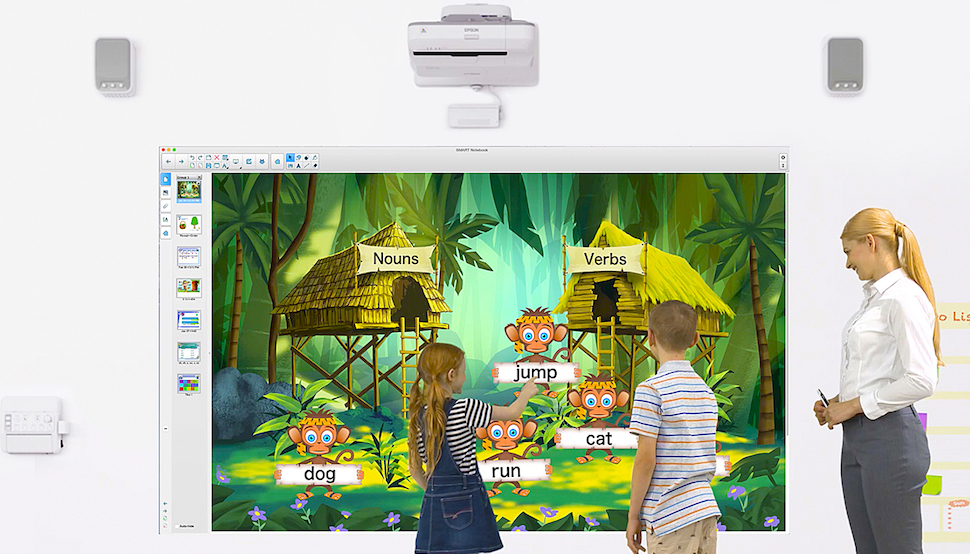From paddock to plate: Why teaching kids where food comes from matters
Learning where food comes from is essential for the future of the sector.
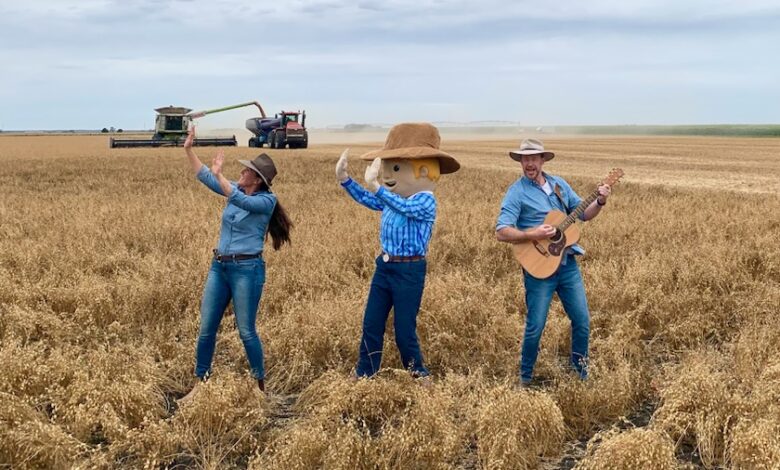
In an age of pre-packaged groceries and food delivery apps, many Australian children are growing up with little understanding of where their food actually comes from. According to Simone Kain, founder of the award-winning educational platform George the Farmer, this disconnect poses a real problem — not just for kids’ health and food choices, but for the future of Australia’s agricultural industry.
Read the latest print edition of School News HERE
“Children need to understand where their food comes from so they can develop respect for the environment, appreciate the work of farmers, and make informed choices,” says Kain. It’s about fostering connection — to the land, to community, and to what nourishes us.
The story behind George the Farmer
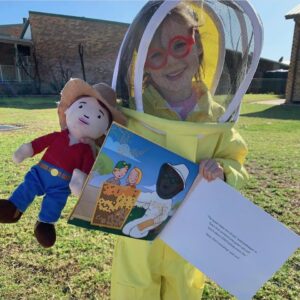
Kain, who lives on a mixed farming property in regional South Australia, launched George the Farmer in 2012. George, the plucky farmer, and his wife Dr Ruby, a sharp and capable agronomist, lead young readers through real-life agricultural adventures — from harvesting wheat to farming fish — with a healthy dose of fun and curiosity. “Together with their children and mates, George and Ruby tackle real-world agricultural challenges across a range of industries — from sheep shearing and wheat harvesting to apple growing and aquaculture — always learning and having fun along the way” says Kain.
Closing the knowledge gap
Research by the Australian Council of Educational Research (ACER) shows that 75 percent of Year 6 students don’t associate basic food items like bananas, bread or cheese with farms. This disconnect is alarming. By teaching children about food origins, says Kain, Farmer George is not only helping kids appreciate the process, but also nurturing respect and support for the agricultural sector.
With the UN estimating that we’ll need to produce 70 percent more food by 2050 to feed the global population, educating the next generation about sustainable farming practices is vital.
Teaching children how food is grown has benefits far beyond the classroom.
“When children understand the work, time, and resources that go into producing food, they tend to value it more and are less likely to waste it. They’re also more willing to try different foods and make healthier choices.” Simone Kain
Smashing farming stereotypes
One of the biggest misconceptions Kain wants to tackle is that farming is old-fashioned or low-tech. “Modern agriculture is high-tech and relies heavily on innovation,” she says. “We use everything from GPS-guided tractors and drones to data analytics and satellite mapping.” The George the Farmer books aim to highlight this — along with the often-overlooked reality that farming and environmental sustainability go hand-in-hand.
“Farmers are stewards of the land. It’s a misconception that farming is at odds with environmental care,” Kain adds. “Farmers are continuously improving practices to ensure sustainability and preserve natural resources for future generations.”
Whether your students are in the middle of a city or on a regional property, they all eat food. Helping them understand where that food comes from gives them tools for life — and a deep appreciation for the people who grow it.

